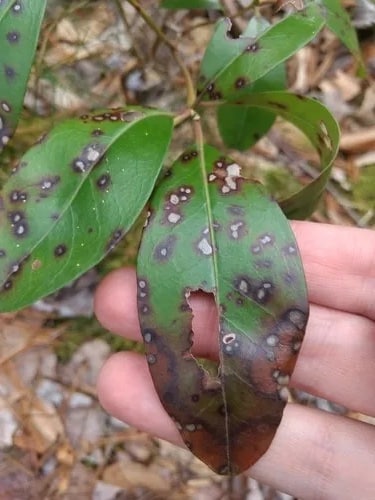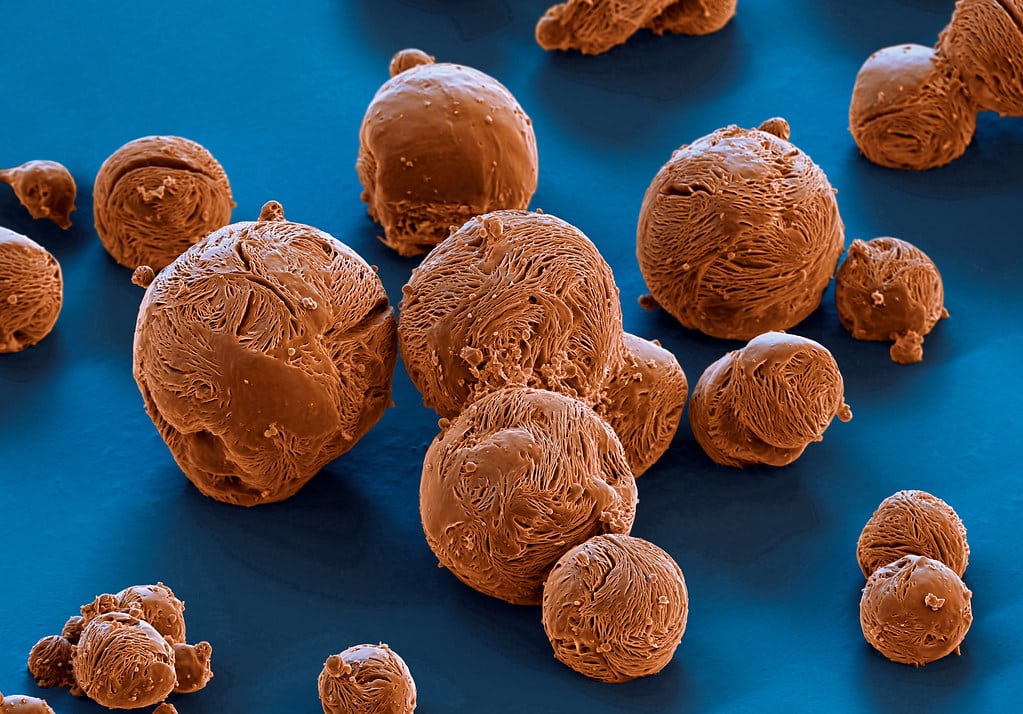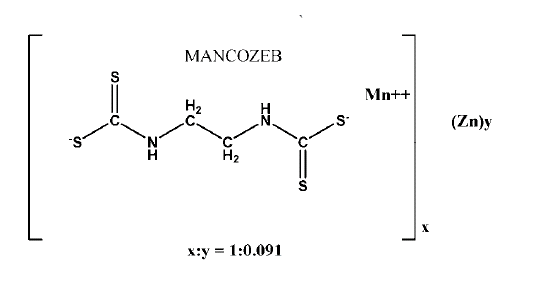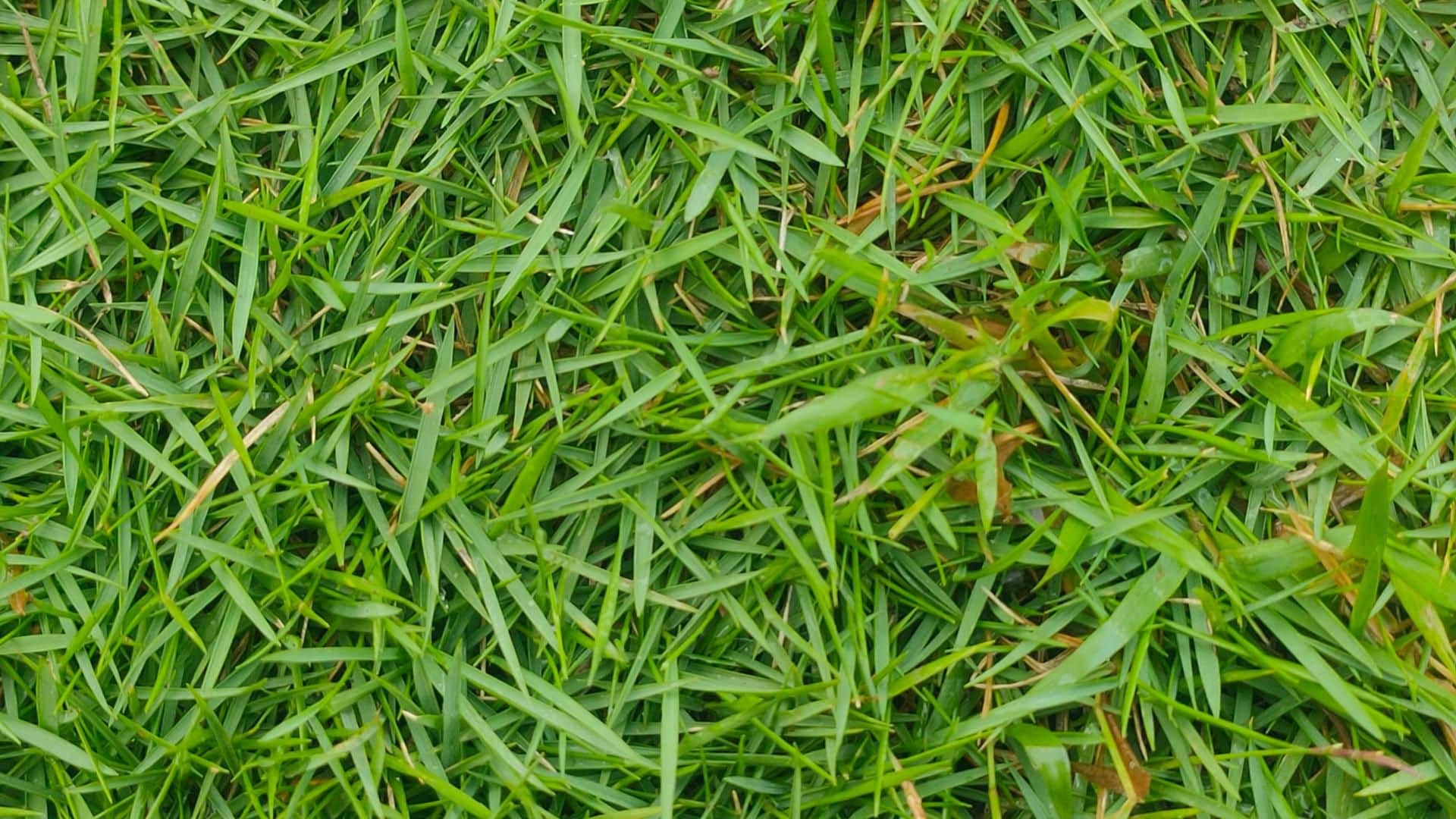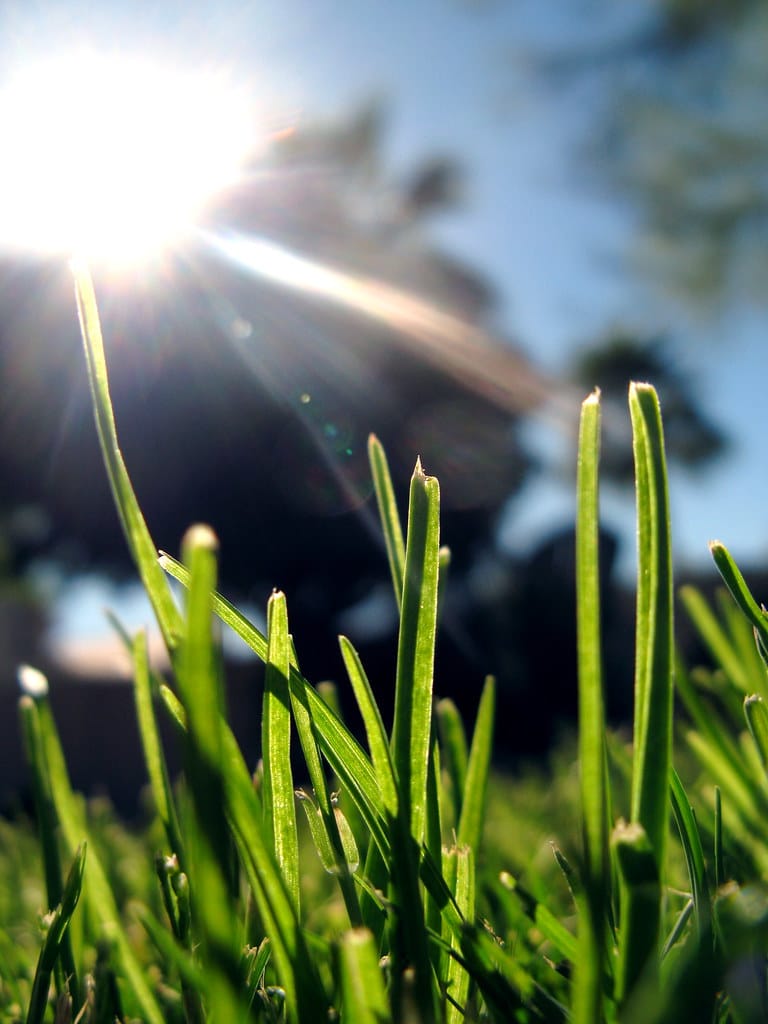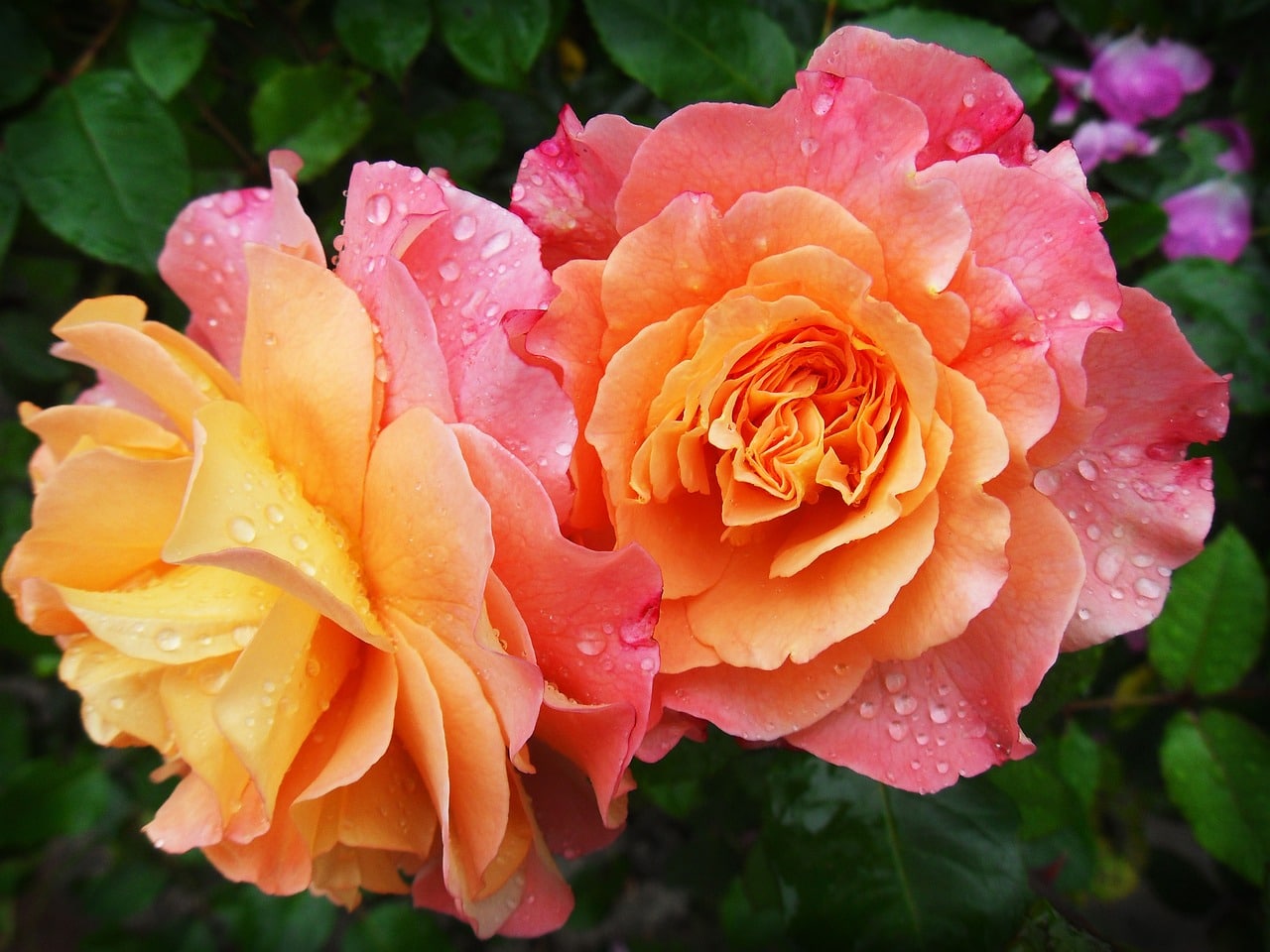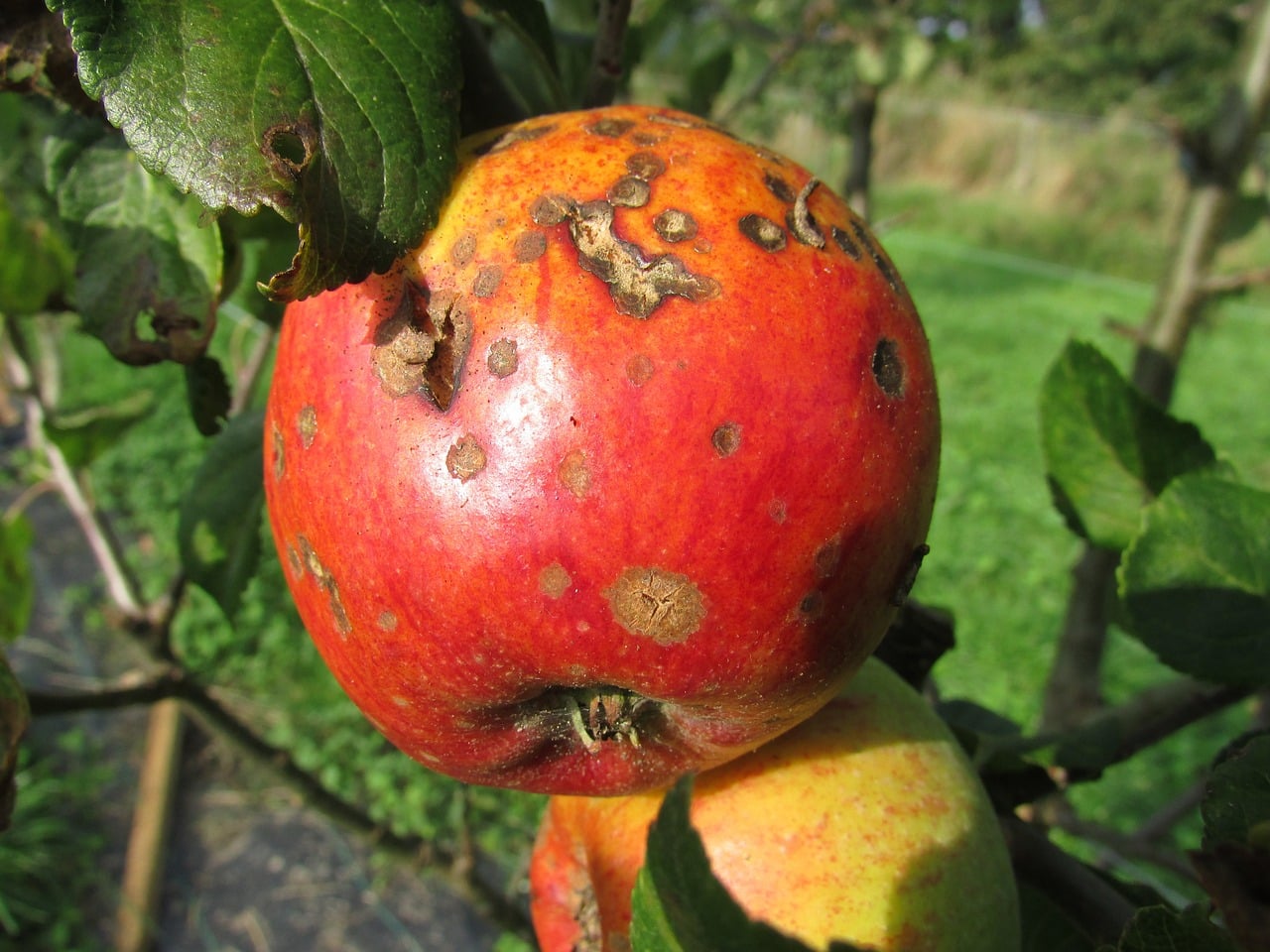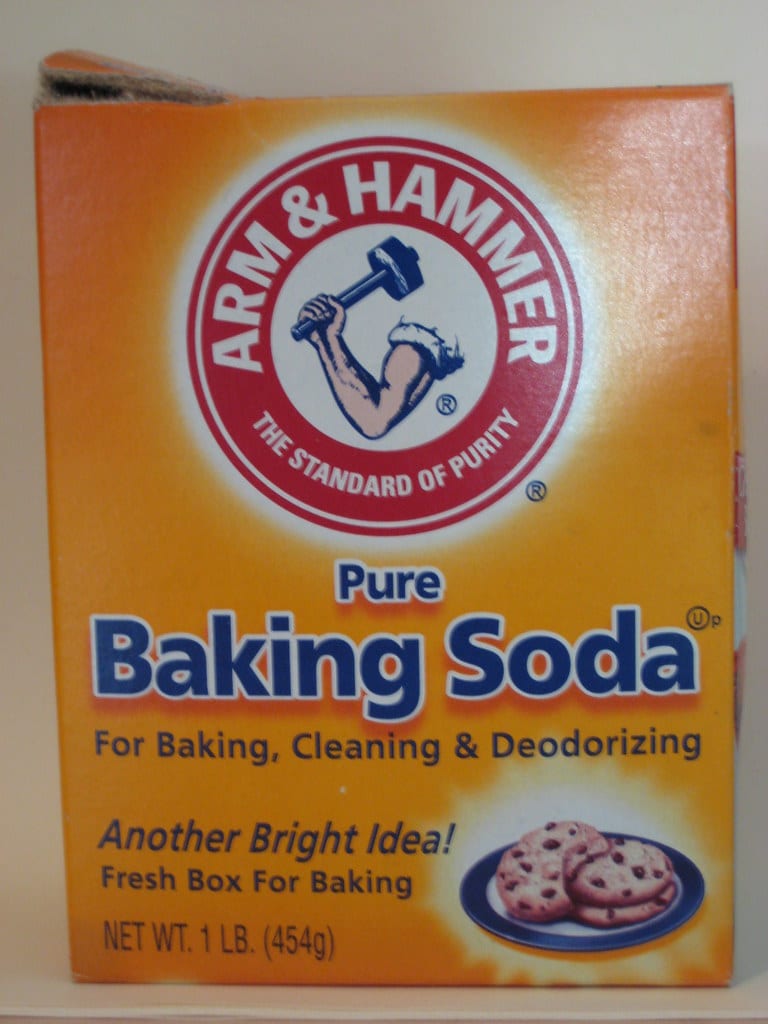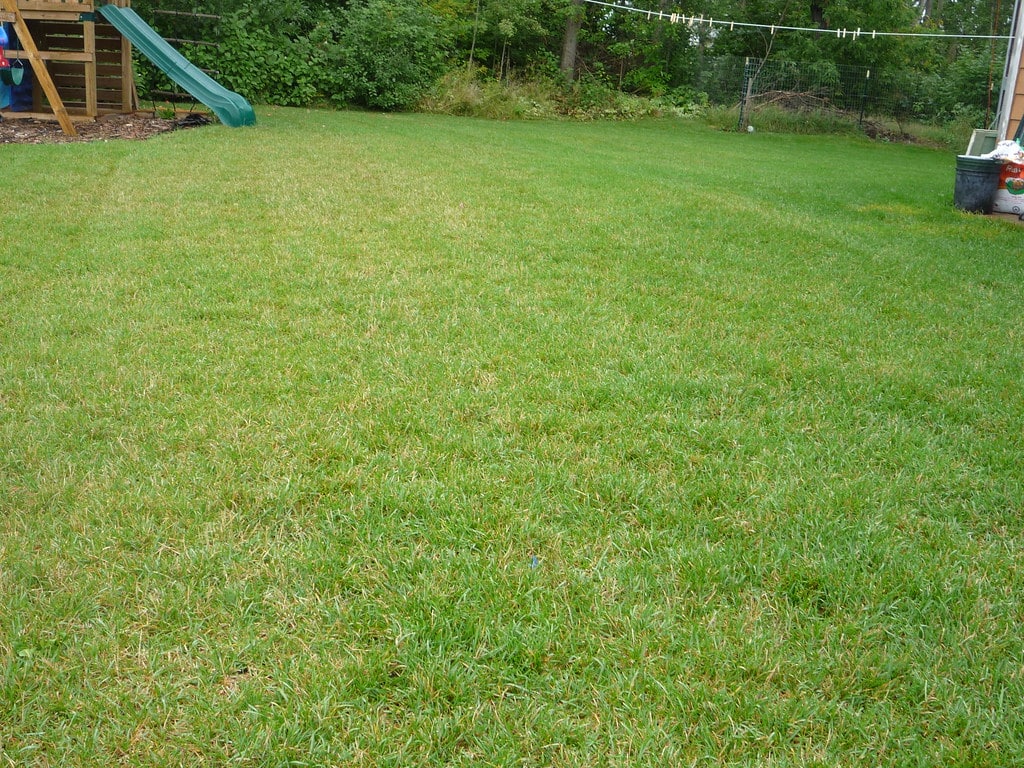Imagine a world where the food we eat is constantly under attack by microscopic foes. These foes, known as fungi, have the potential to wreak havoc on our agricultural bounty. Enter myclobutanil as a fungicide, agriculture’s unsung hero. This powerful chemical compound steps into the battle, shielding crops and ensuring a healthy harvest. Myclobutanil isn’t just a fungicide; it’s a promise of protection, a symbol of science working in harmony with nature. It’s a story worth telling, and that’s precisely what we’re about to embark upon. Chemical Characteristics: The Building Blocks At the heart of myclobutanil’s success as a fungicide


